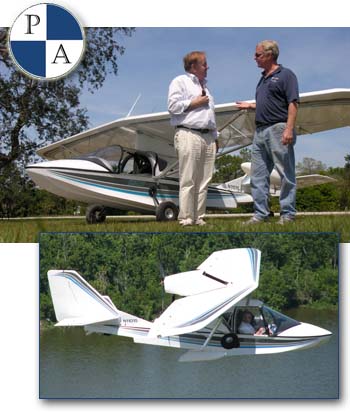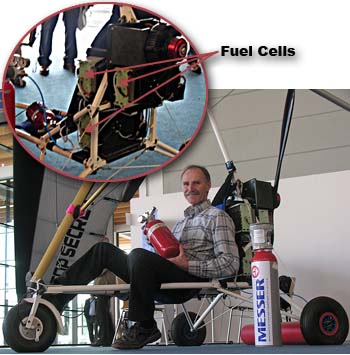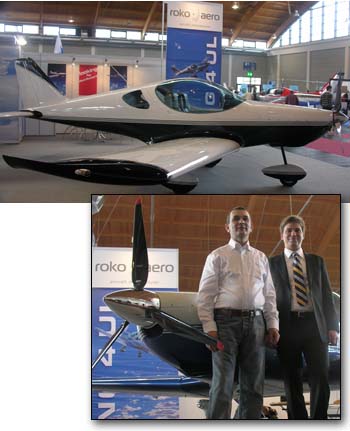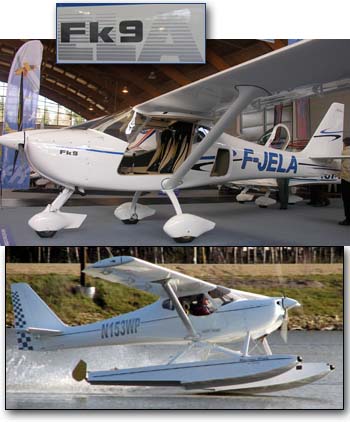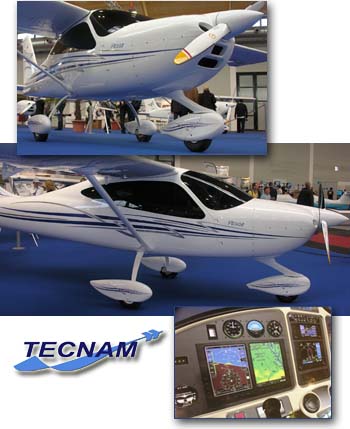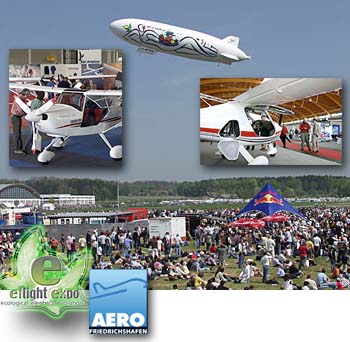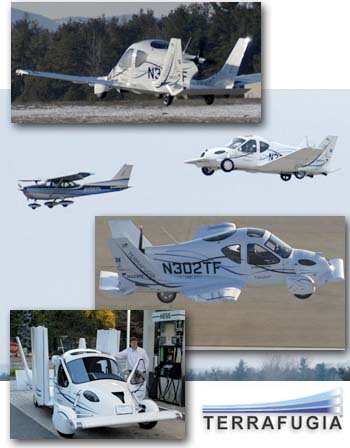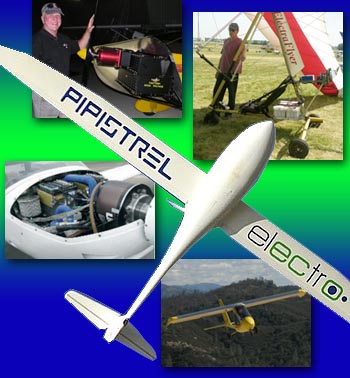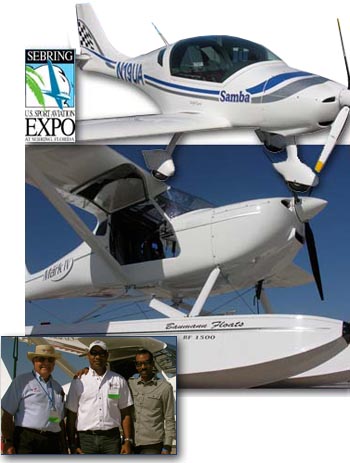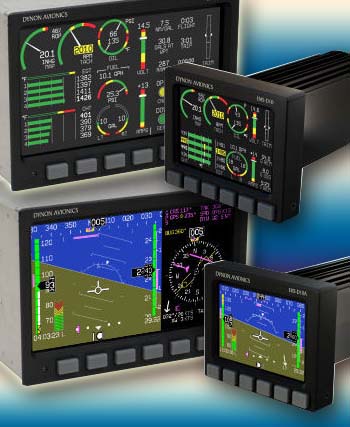
Many website visitors ask about LSA avionics leadership. Indeed, ever since “steam gauges” gave way to glass screens, the players have changed. Analog instruments were made by many companies and became such commodities that you may not be able to name a brand. But as computers entered our cockpits, first via GPS and later with multi-function displays, brands became better known. *** For this mini-report, I’ll divide the new players into two groups: EFIS/EMS providers and GPS/radio providers. A third group will include autopilot builders and even newer gear like night vision systems. As I make some guesstimates about market shares, I acknowledge this is non-scientific. If you believe you have better information, please forward your comments. *** Among fully-built SLSA, it appears Dynon has the lion’s share of the digital instrument market (photo). They admit their biggest competitor remains analog gauges but in “glass cockpits,” the Washington state company appears to have the lead — estimated at 50-75%.



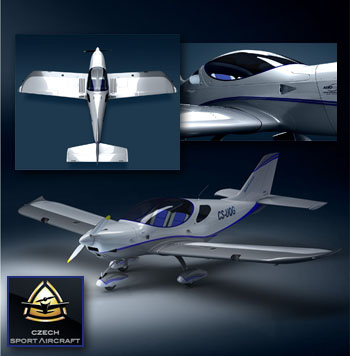

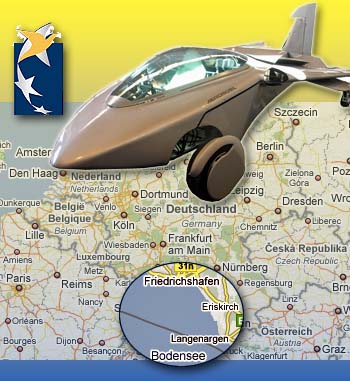

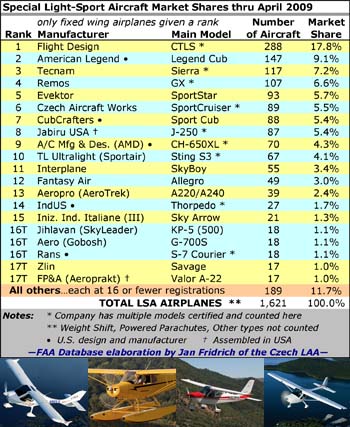

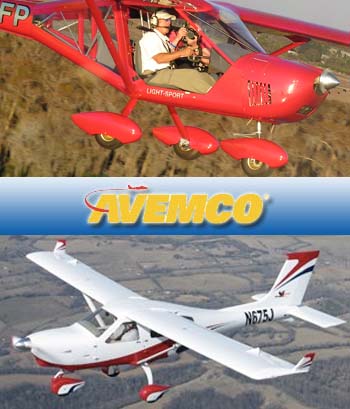

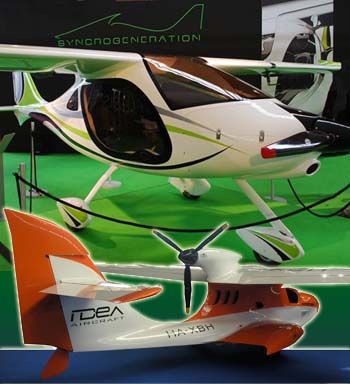

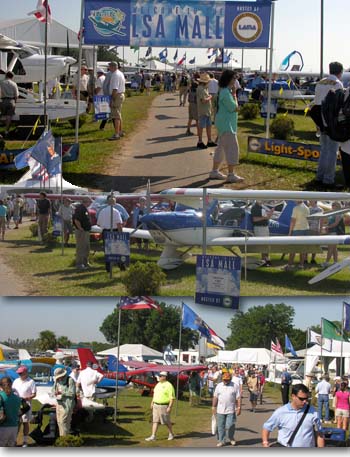

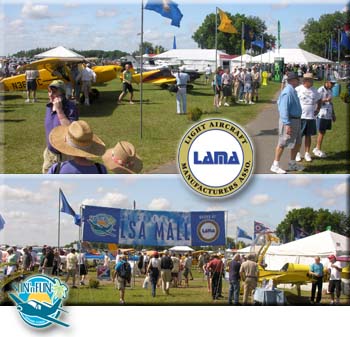

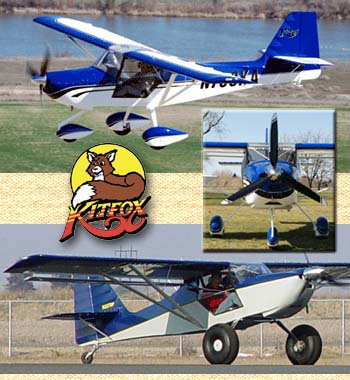



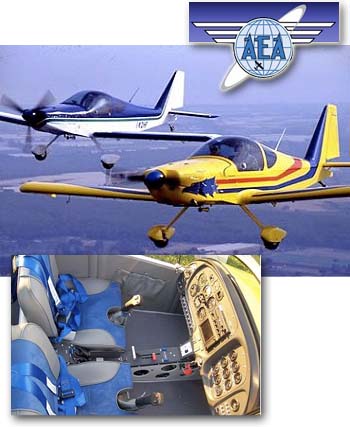 The Italian manufacturer -- like many of their counterparts in Europe, but like few in the USA -- offers a high wing (Rally), a low wing (Century), and a seaplane (Sea Storm) though the latter has not yet attempted SLSA airworthiness approval.
Formerly, the Rally was manufactured in Michigan by Prestige Aircraft, but health issues forced the business owner to close his doors. (Read
The Italian manufacturer -- like many of their counterparts in Europe, but like few in the USA -- offers a high wing (Rally), a low wing (Century), and a seaplane (Sea Storm) though the latter has not yet attempted SLSA airworthiness approval.
Formerly, the Rally was manufactured in Michigan by Prestige Aircraft, but health issues forced the business owner to close his doors. (Read 
